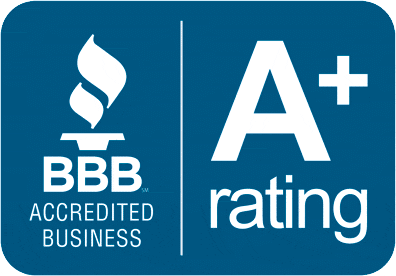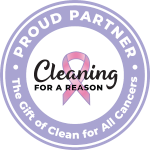October means pumpkins, spiced lattes, a nicely-timed three-day weekend and all things spooky…like the flu. That’s right: cold and flu season kicks off in earnest in October. That’s why we’ve dedicating this post to the importance of preventative measures. Let us help keep your family healthy during the season of sniffles!
Quick, Simple, Effective: Get a Flu Shot
Getting a flu shot is a simple and effective strategy for protecting yourself against the flu. October and November are the perfect time to get your flu shot because you can assure that the inoculation will last through the entirety of the season. Flu season peaks between December and March and can last as late as May. Be sure to get your shot and follow the rest of our tips until Winter turns to Spring and even a little beyond.
If you have concerns about the flu vaccine, please seek the advice of a medical professional. There are different dosages and recommendations for the vaccine and the best way to determine what is right for you and your family is to seek the guidance of a professional.
Practice Healthy Habits: Your Hands Matter
Practicing healthy hand washing is fundamental to preventing the spread of the flu virus and other infections. Hand sanitizer is good in a pinch, but it can never replace hand washing. Make it a point to wash your hands early and often throughout your day, and keep a bottle of hand sanitizer in your purse, your car, and other convenient places..
Teaching kids and teens that hand sanitizer doesn’t replace hand-washing is also essential. But adding sanitizing wipes or other supplies such as lunch boxes or snack bags can be a helpful strategy. Remind kids to cough and sneeze fully into their elbow to help prevent the spread of germs and be sure to review your school policies around fever and other concerns.
Prioritize the Hot Spots: Pay Attention to High Traffic Surfaces
Think about the places in your home that are regularly touched and make those places a priority for frequent disinfecting. Some places to consider include:
- Television remotes
- Refrigerator door handles
- Stove knobs
- Faucet handles
- Door knobs (inside and out)
- Light switches
- Stair railings
- Keyboard
- Phones/tablets
- Video game controllers
Keep in mind that each of these surfaces may need special consideration or care. Read the instructions on the disinfectant of your choice.
Mind Your Supplies: They Need Cleaning, Too
Your regular cleaning supplies need maintenance of their own. Mops, microfiber cloths, dishrags, sponges and other cleaning tools need to be regularly cleaned, sanitized or replaced in order to assure that they aren’t spreading the germs you are trying to clean. Recent studies have shown that microwaving sponges actually makes their bacteria growth worse, not better, so replace those regularly. Dishcloths should be swapped out daily as well. Microfiber clothes should be washed in extremely hot water and soap (and bleach, if possible) after use. As a green alternative to using a disposable mop (or mop pads), soak your mop in hot water and bleach solution after each use.
A disciplined approach to regular cleaning and sanitizing may seem like a lot of extra work and time, but if you get into the habit, these efforts assure a winter with less sickness and more enjoyment. Our Facebook page is full of tips and tricks for keeping your home clean and healthy all year around. Stop by, give us a “like” and share your strategies for a flu-free home this winter!


